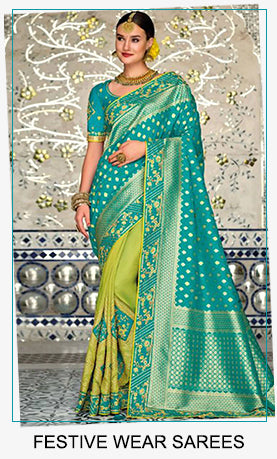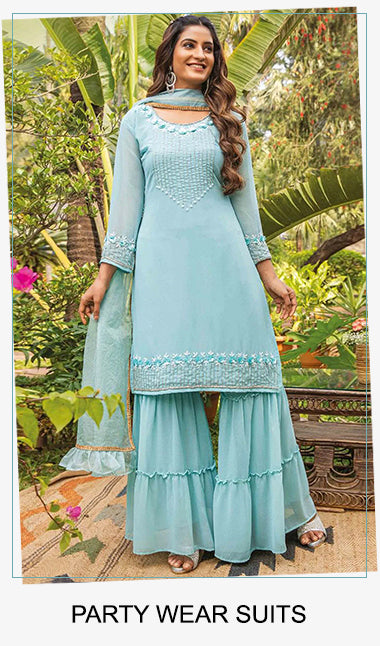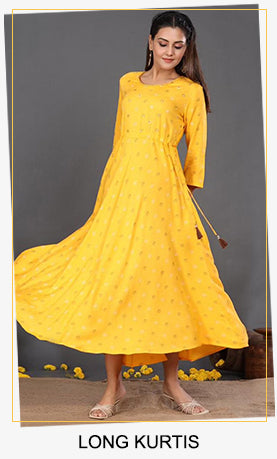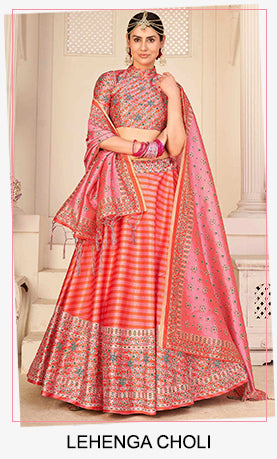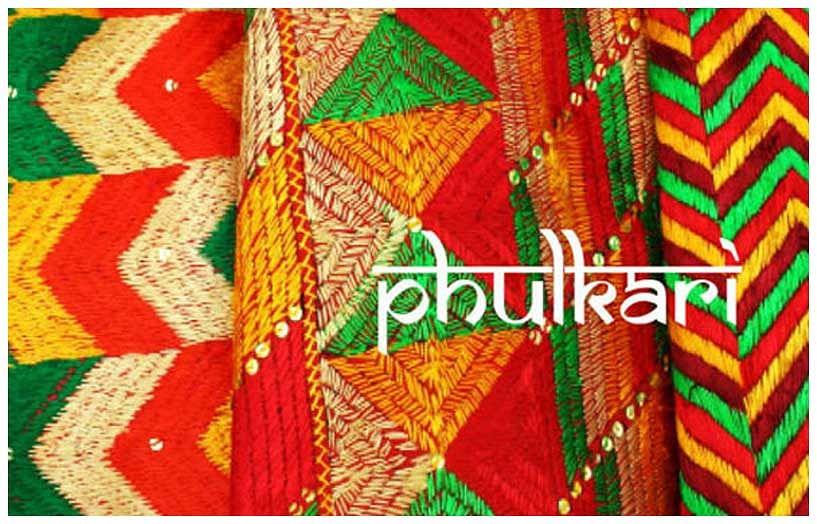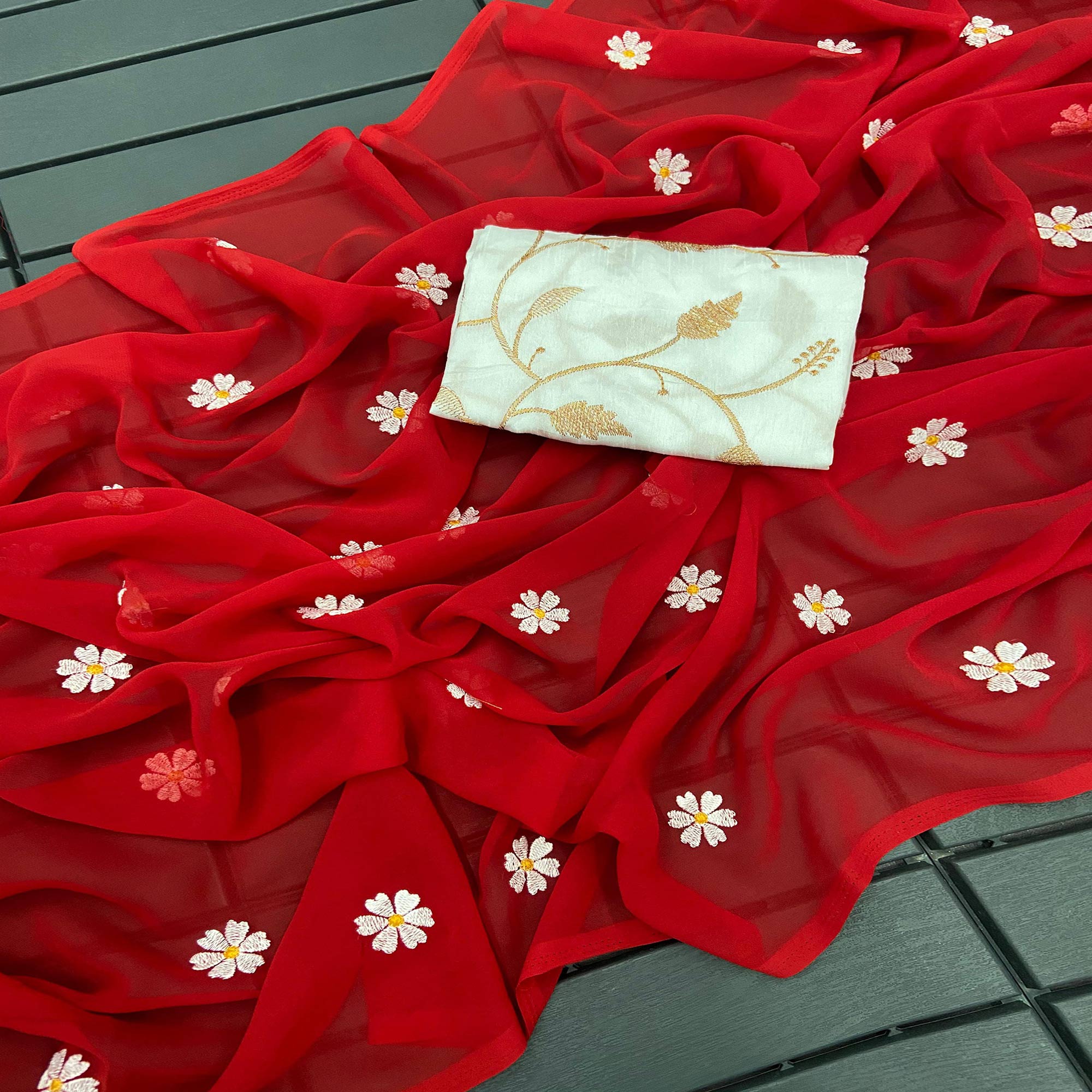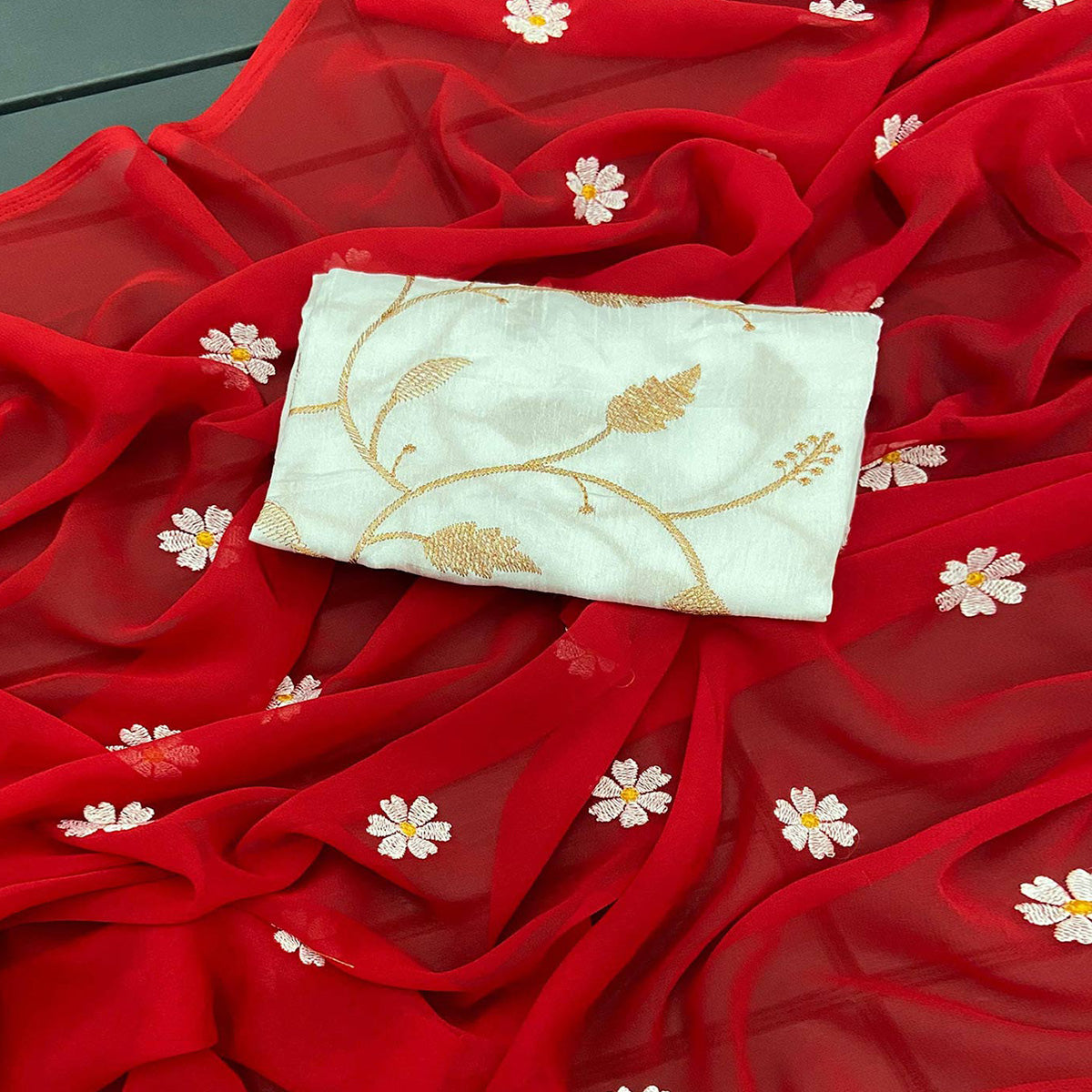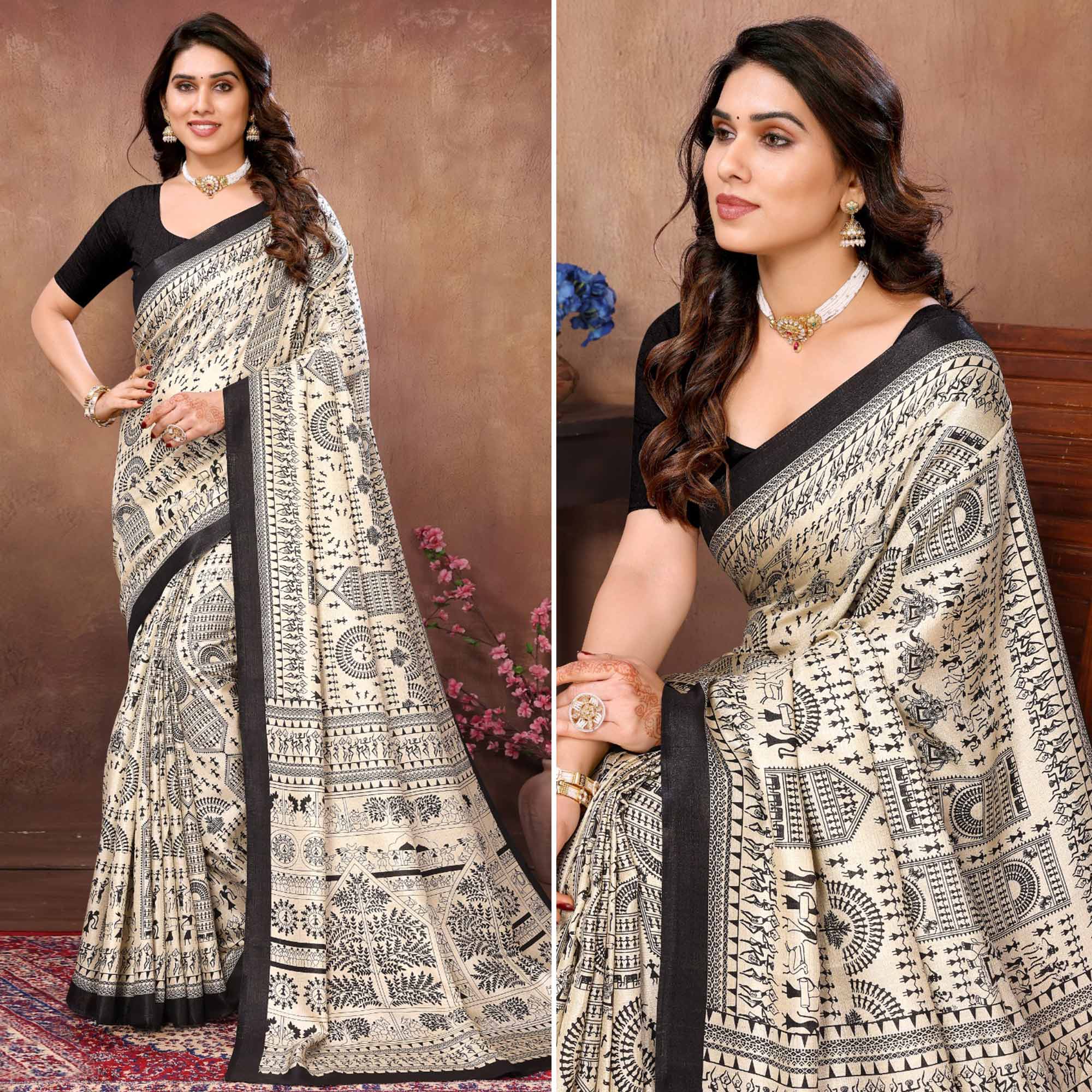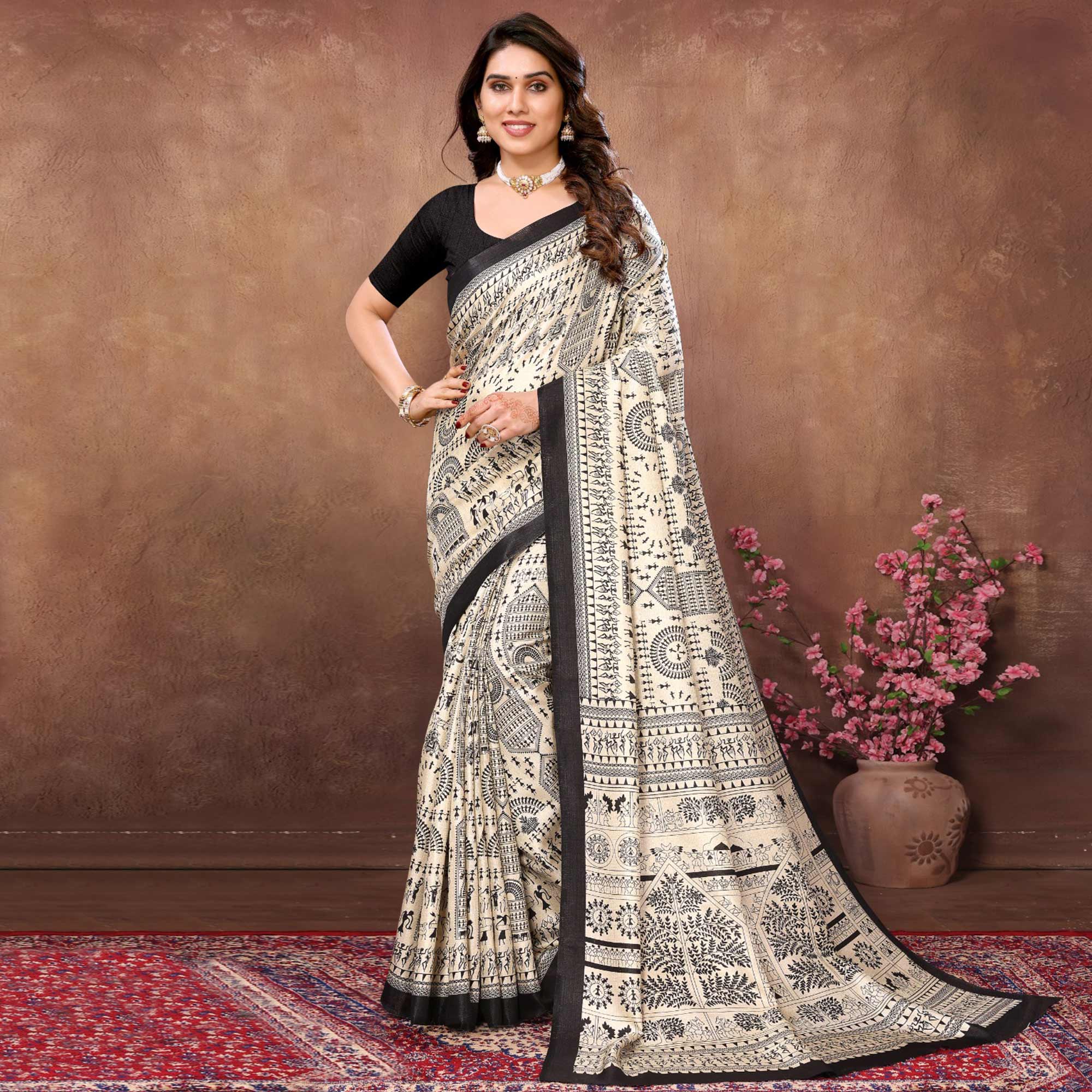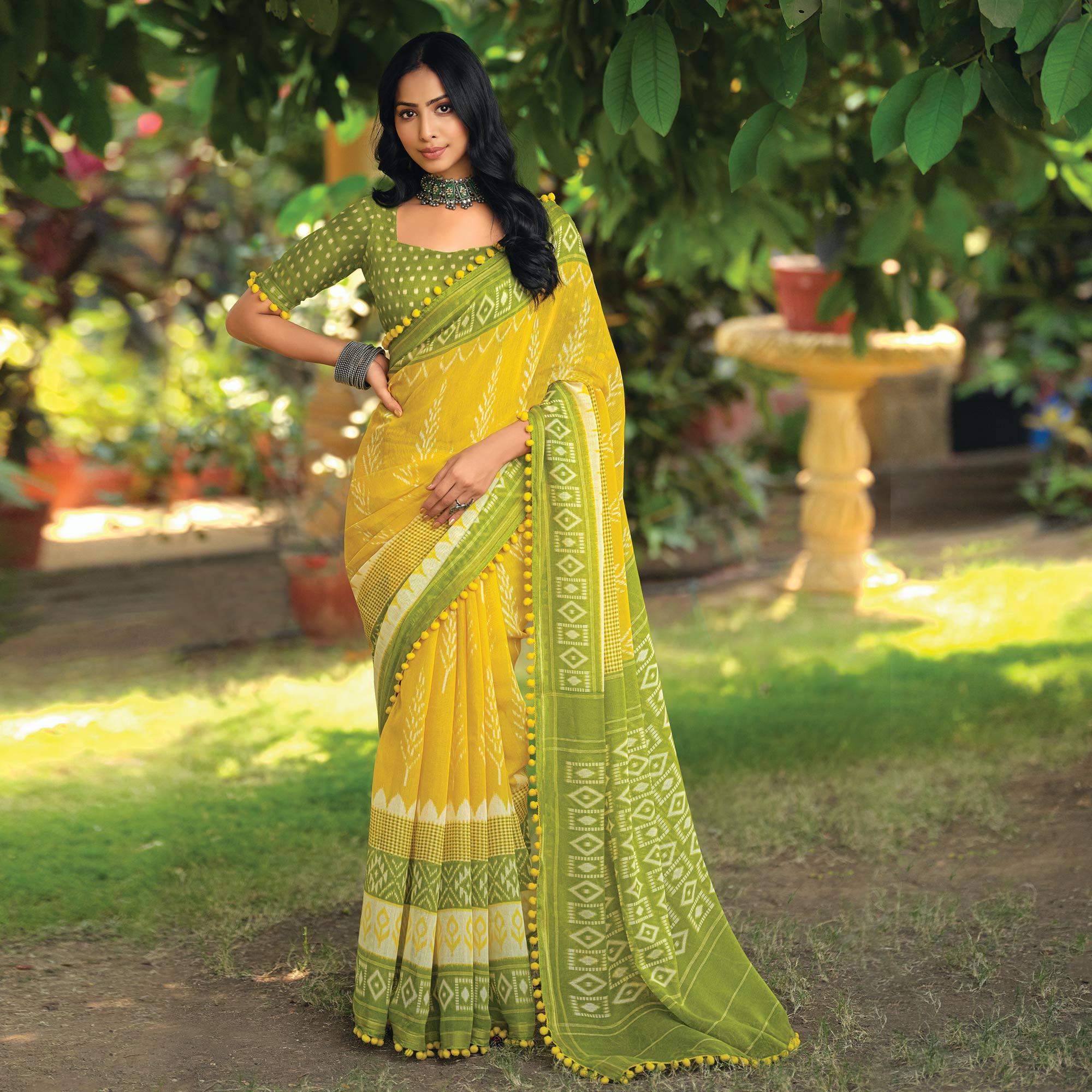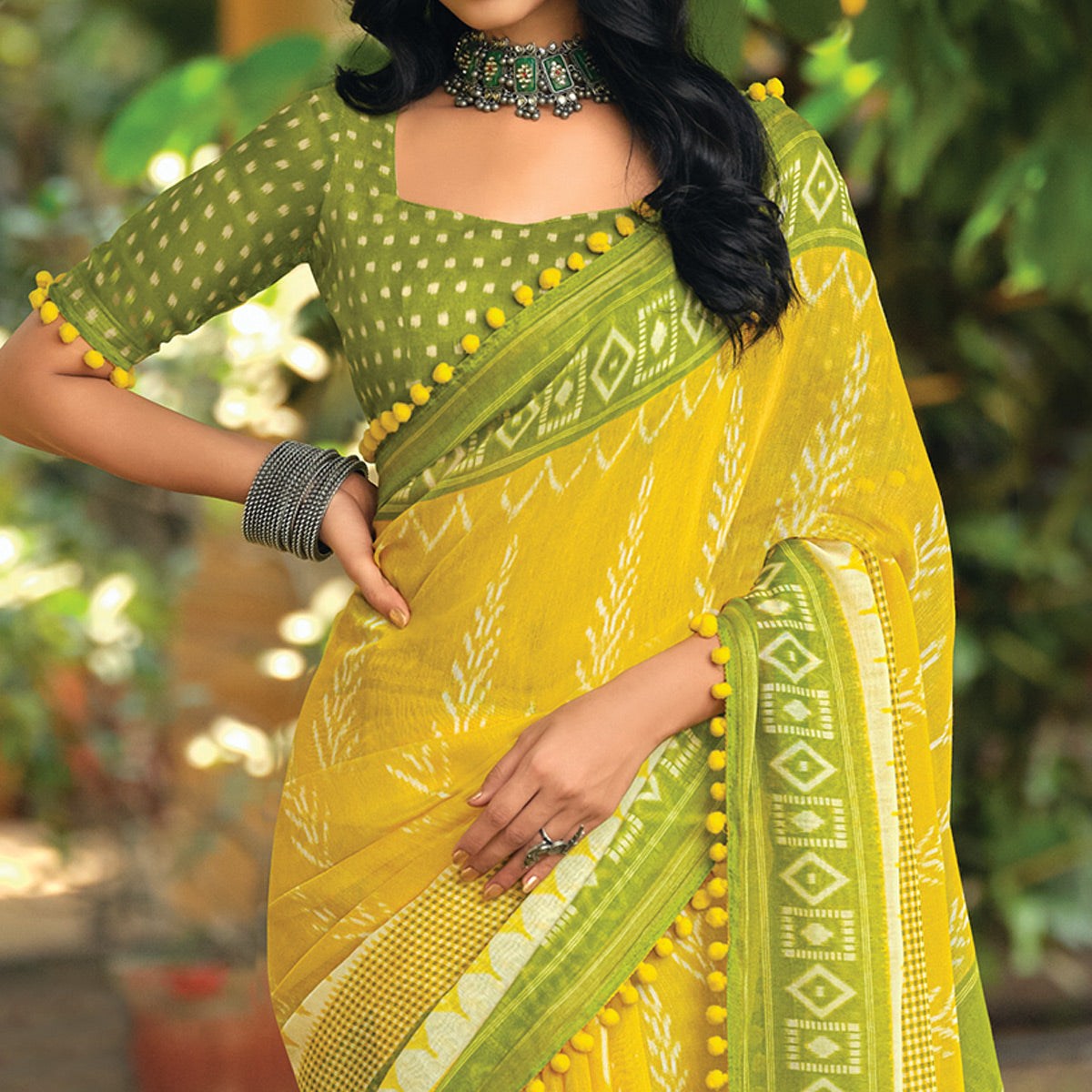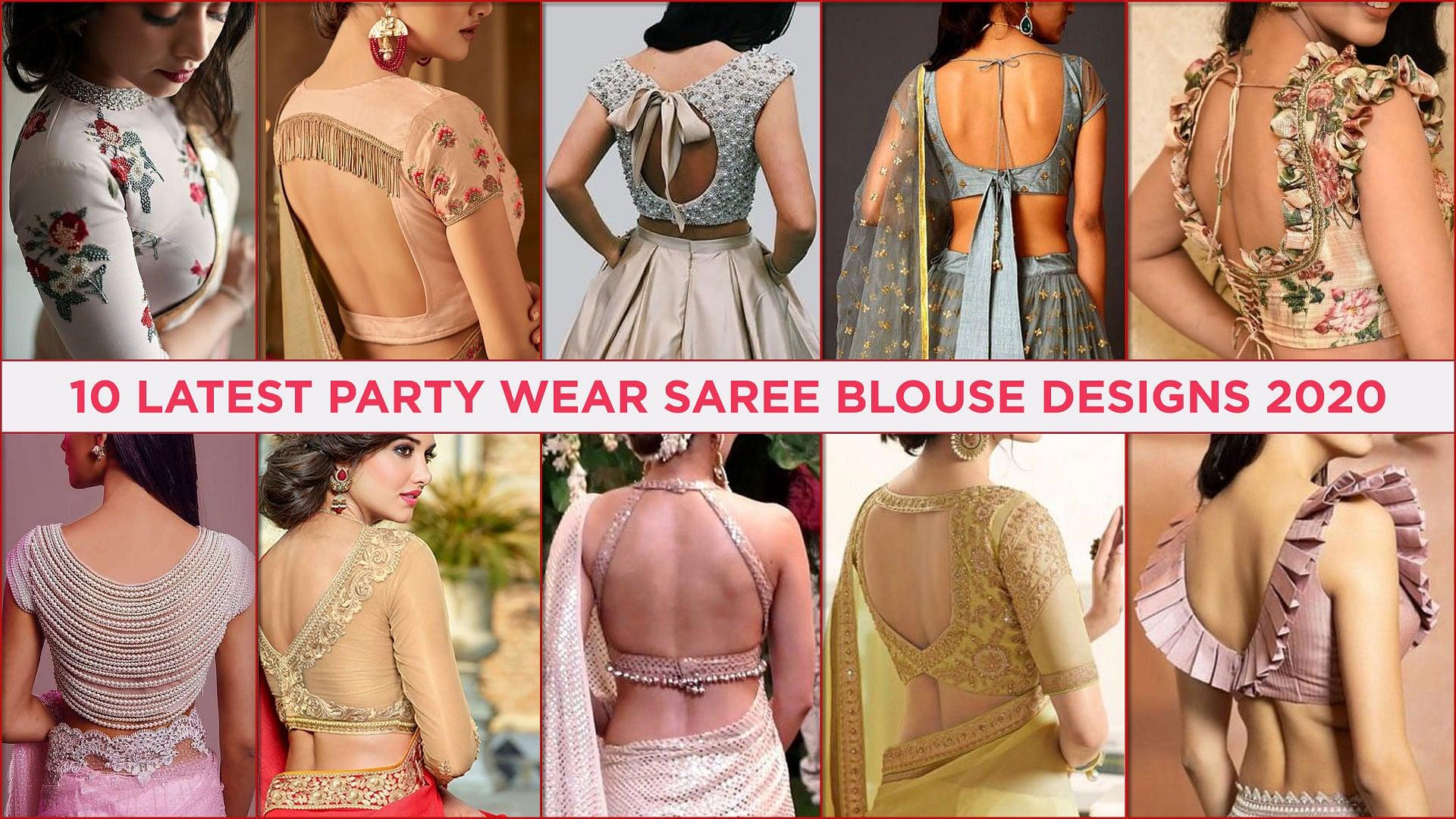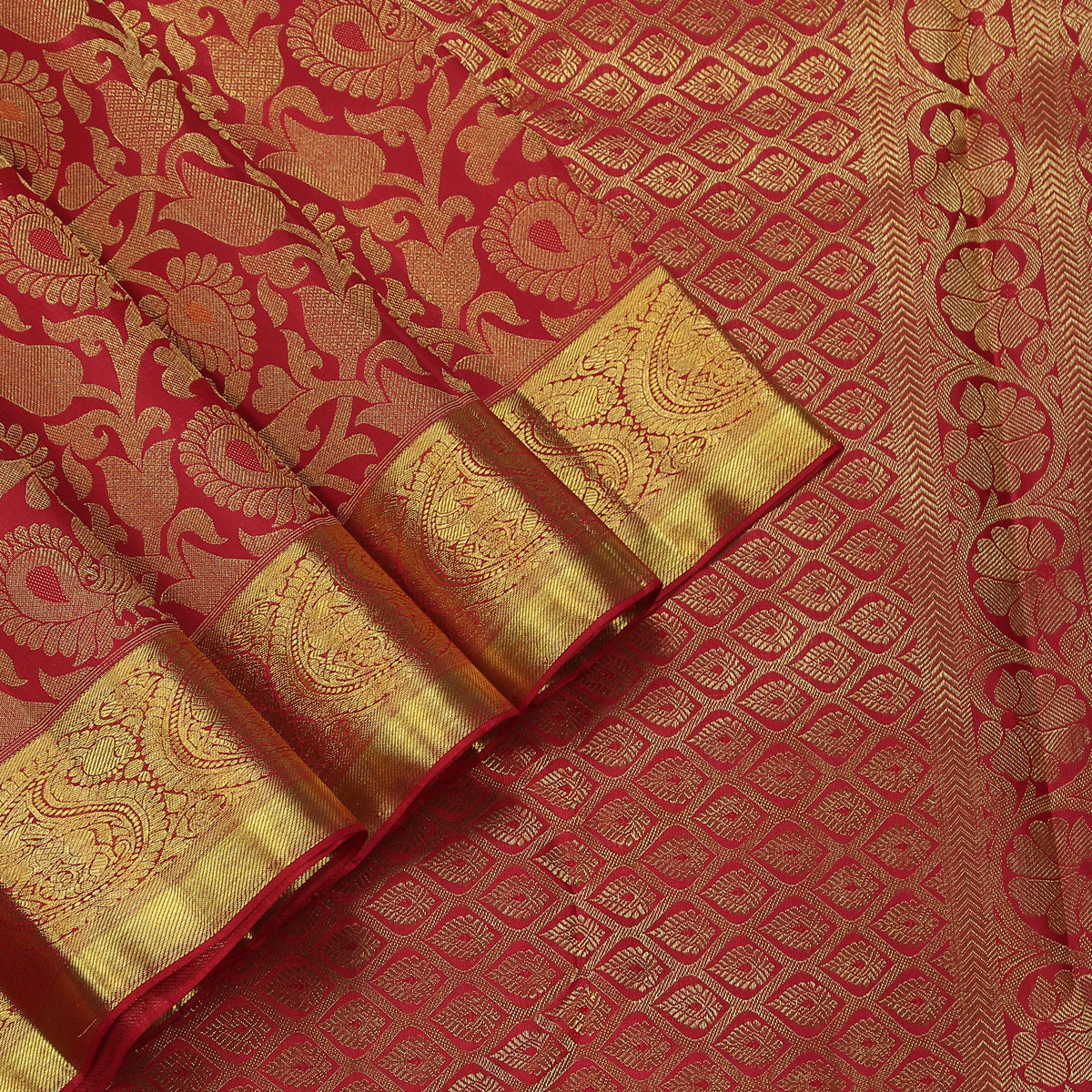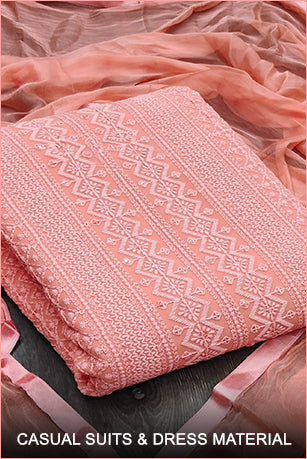The Phulkari work is a traditional and celebrated embroidered work that traces its origin back in the 15th century. What started in Punjab as a regional art soon found its way to enormous popularity.
Phulkari literally translates to ‘flower work’.
History of Phulkari Embroidery
Phulkari work is synonymous with Sikh heritage primarily. It was in the rural areas of Punjab that Punjabi suits with Phulkari dupatta gained popularity. They rose to become the signature dress of the women there and soon found their way into other Indian states.

Phulkari finds a mention in the historic folklore of Heer-Ranjha as well.the traditional phulkari work was done by the women in the household and looked upon as a highly treasured task. In fact, in one of the Holy books of the Sikhs, it is mentioned that a girl truly becomes a woman only after she embroiders her own blouse.
Variations of Phulkari
The phulkari embroidery has many known set-patterns and designs which take a slight distinction from the basic embroidery.
Bagh Phulkari
In this variation, the flower embroidery is more like a garden full of flowers- it is extremely dense and highly profuse, so much so that the ground fabric is barely visible and it looks as though the embroidery is the fabric itself.

Since this kind of phulkari embroidery is more laborious and time taking, it naturally increases the expense. In earlier times, Bagh phulkari was considered a status symbol among the elite Sikh class.
Chope Phulkari
This variation is more of a legacy thing- it is gifted by the grandmother to her daughter on her wedding day.
In Chope, the embroidery is done along the borders only and usually a golden or yellow thread is used throughout the embroidery.
Also Read: Trending Dupattas Online
Phulkari Technique
The Phulkari today is primarily done by two techniques- Block Printing and Embroidery.
Block printing is a more popular technique to trace Phulkari designs on cloth these days. The block has a pre-set design and the embroidery is traced onto it once the design is embossed on the fabric.

Embroidery on the other hand is the traditional technique. The embroidery is done on the wrong side of the khaddar using a silk thread for tracing out the design known as patt. What’s interesting about the Phulkari threading is that instead of using different colored threads, a single color is used and is embroidered vertically, horizontally and diagonally. When light falls upon the embroidery, it gives off an illusion of different shades!
Phulkari as a Profession
The art of Phulakri which keeps alive the culture and legacy of the ancient Punjab has very successfully been taken up as a solid means of employment by the rural women of Punjab. The women usually sit in groups after getting done with their daily routine activities and household chores and then get about embroidering phulkari. It is more of a group gathering rather than just a profession, which makes it all the more fun and binds all the workers together.

Phulkari Today
Phulkari is a prominent name in the textile industry today. With a lot of demands emanating not only from our country but the world over, the designs are being implemented using heavy machines.
The Punjabi phulkari has found its name and demand in phulkari dupattas, phulkari sarees, phulkari dupattas. In fact Punjabi suits with phulkari dupattas are a highly popular work of fancy among the foreigners and are recognised globally.
The beautiful phulkari work is a work of heritage and like many other talents this country has produced adds hugely to the incredibility of India!

